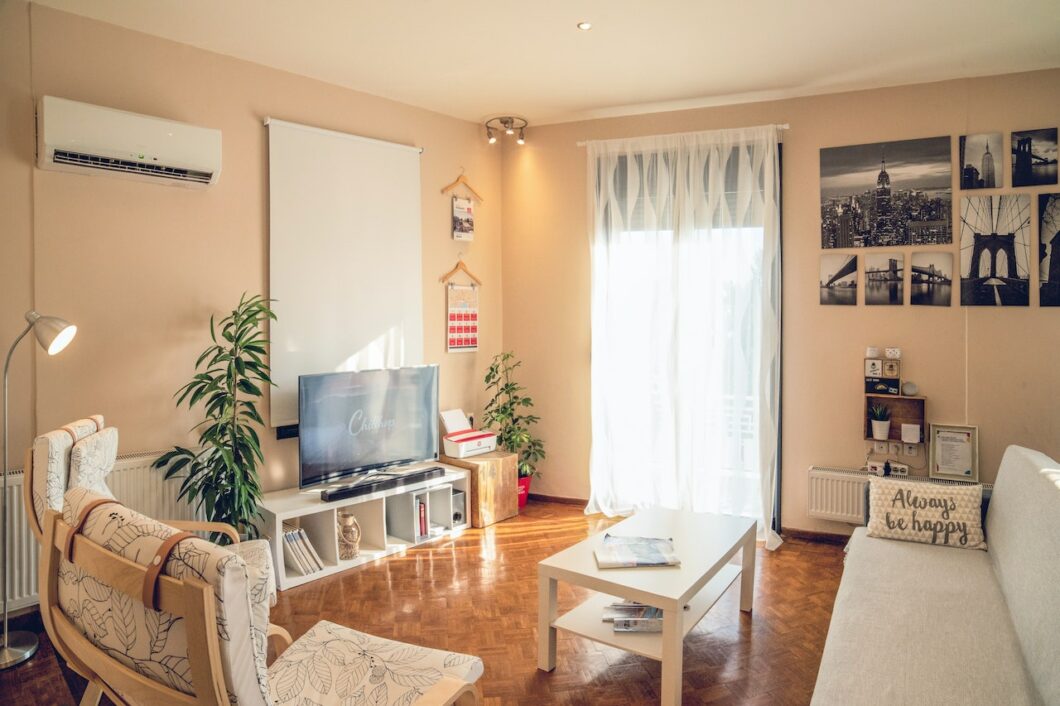A fresh coat of paint can work wonders in transforming the look and feel of your home. Whether you’re moving into a new house or simply looking to revamp your existing space, residential painting is a cost-effective and efficient way to enhance your home’s aesthetics. In this article, we will explore the benefits of residential painting and provide you with some valuable tips to achieve a beautiful and long-lasting paint job.
The Power of Color
Color has a profound impact on our emotions and can greatly influence the atmosphere within a space. When choosing paint colors for your home, it’s essential to consider the mood and ambiance you wish to create in each room. Cool colors like blues and greens promote relaxation and tranquility, making them ideal for bedrooms and bathrooms. On the other hand, warm colors like reds and yellows can energize and stimulate, making them suitable for living rooms and kitchens. Experimenting with different shades and combinations can help you achieve the desired effect.
Choosing the Right Paint
Selecting the right type of paint is crucial for a successful residential painting project. There are various options available, including latex, oil-based, and water-based paints. Latex paints are popular due to their durability, ease of application, and low odor. They are also environmentally friendly, as they are water-based and have minimal VOC (Volatile Organic Compounds) content. Oil-based paints, although more durable, require additional ventilation and have a longer drying time. Consider your specific needs and consult with a professional to determine the best paint type for each area of your home.
Surface Preparation
Proper surface preparation is vital for achieving a smooth and flawless finish. Begin by cleaning the walls to remove dirt, grease, and any existing loose paint. Repair any cracks or imperfections using spackle or filler and sand the surfaces to create a uniform texture. Additionally, consider using a primer before applying the paint, especially when dealing with dark or unevenly colored walls. Primers help ensure better adhesion and improve the paint’s coverage.
Technique and Tools
Applying paint requires skill and the right tools. Start by cutting in the edges using a brush, carefully outlining the corners, ceilings, and baseboards. Then, use a roller to cover larger areas, applying even pressure and using long, overlapping strokes. To achieve a professional finish, consider using high-quality brushes and rollers that suit the type of paint you are using. Take your time and maintain a consistent technique throughout the project to achieve a cohesive look.
Maintenance and Longevity
Proper maintenance is essential to extend the lifespan of your residential paint job. Regularly clean the painted surfaces using a mild detergent and soft cloth to remove dust and dirt. Avoid using harsh chemicals or abrasive materials that may damage the paint. In high-traffic areas prone to wear and tear, consider adding a protective coat or touch up any chipped or damaged areas to maintain the overall appearance of your home.
Conclusion
Residential painting offers a cost-effective way to enhance your home’s aesthetics and create a space that reflects your style and personality. By choosing the right colors, paint types, and employing proper techniques, you can achieve stunning and long-lasting results. Remember to prioritize surface preparation, use the right tools, and perform regular maintenance to ensure the beauty of your newly painted walls for years to come. Whether you decide to take on the project yourself or hire professional painters, a well-executed residential painting job will undoubtedly breathe new life into your home.

